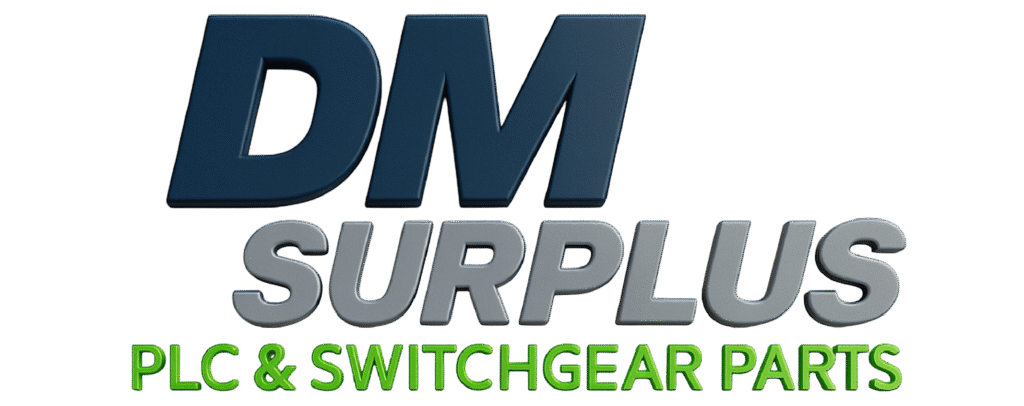Currently Empty: $0.00
VF Drive Solutions
- Home
- VF Drive Solutions
VF Drive Solutions
At Dmsurplus, we not only offer access to top-tier Variable Frequency Drive (VFD) solutions from leading manufacturers, but we also provide some of the most competitive pricing in the industrial automation market. Our major lines, including Rockwell, Siemens, and Schneider, often see price reductions of up to 50%. Additionally, some low kW drives boast discounts of up to 65% compared to other supplier list prices, and that’s even before factoring in the benefits of project pricing.


VF DRIVE SOLUTIONS
VF Drive Installation Guidelines
Correct installation of VF Drives is of major importance for the long term reliability of your VF Drives, associated motors, and other equipment that may be negatively impacted by incorrect installation.
It’s not all about the best price, although it’s one of our major selling points. Correct installation of VF Drives is of major importance for the long term reliability of your drives, motors, and connected equipment that may be negatively impacted by incorrect installation.
To help you achieve optimal results, here are some of PLC Hardware’s essential guidelines to consider when selecting and installing VFDs.

Key Selection Considerations
⚡ Motor Compatibility
Ensure the VFD matches the motor’s voltage, current, and power ratings. Verify compatibility with the motor type (e.g., induction or synchronous).
📋 Application Requirements
Consider speed precision, torque demands, and environmental factors (temperature, humidity, dust) when selecting a VFD.
🔌 Input Power Supply
Verify compatibility with your facility’s power supply, including voltage levels and phase type (single-phase or three-phase).
🎛️ Control Features
Select the right control methods and communication protocols (e.g., Modbus, EtherNet/IP) and IO requirements for integration.
🛡️ Safety & Protection Features
Look for overload protection, thermal management, safe torque off, and compliance with industry standards (UL, CE).
💰 Budget & Total Cost of Ownership
Beyond upfront cost, consider maintenance, energy efficiency, and downtime impact to evaluate total ownership cost.
VF Drive Installation Best Practices
📍 Location and Environment
Install the VFD in a well-ventilated area with cooling. Avoid direct sunlight, excessive heat, dust, and moisture.
🔌 Electrical Connections
Follow manufacturer guidelines for wiring, grounding, and protective devices to ensure safe and fault-free operation.
💨 Cooling and Ventilation
Maintain sufficient airflow around the VFD. Add fans or cooling systems if necessary to prevent overheating.
📡 EMI Considerations
Reduce electromagnetic interference using shielded cables and proper grounding for reliable performance.
Frequently Asked Questions
A Variable Frequency Drive (VFD) is an electronic device used to control the speed and torque of an electric motor by varying the frequency and voltage of the power supplied to the motor. It’s commonly used in industrial and commercial applications to improve energy efficiency and process control.
A VFD converts incoming AC power into DC power using a rectifier, then converts it back to AC at a variable frequency and voltage using an inverter. This allows precise control of motor speed and torque, enabling energy savings and smoother operation.
VFDs are typically designed for use with three-phase induction motors. However, they can also be used with some single-phase motors and synchronous motors, depending on the VFD’s specifications. Always check the motor and VFD compatibility before installation.
A VFD provides full control over motor speed, torque, and acceleration/deceleration.
A soft starter only controls the starting and stopping of the motor, reducing inrush current but not providing speed control.
Yes, VFDs are highly energy-efficient because they adjust the motor speed to match the load requirements, reducing energy consumption. This is particularly beneficial in applications like pumps, fans, and conveyors, where the load varies over time.
Yes, some VFDs are designed for use in hazardous areas (e.g., those with explosive gases or dust). These VFDs have special certifications, such as ATEX or IECEx, to ensure they meet safety standards for hazardous environments.
Yes, in most cases, you can retrofit an existing motor with a VFD. However, you’ll need to ensure the motor is compatible with variable frequency operation and that the VFD is properly sized and configured for the application.
Common communication protocols used with VFDs include:
Modbus RTU/TCP
Ethernet/IP
Profibus
CANopen
DeviceNet
These protocols allow the VFD to integrate with control systems and PLCs for advanced automation.

